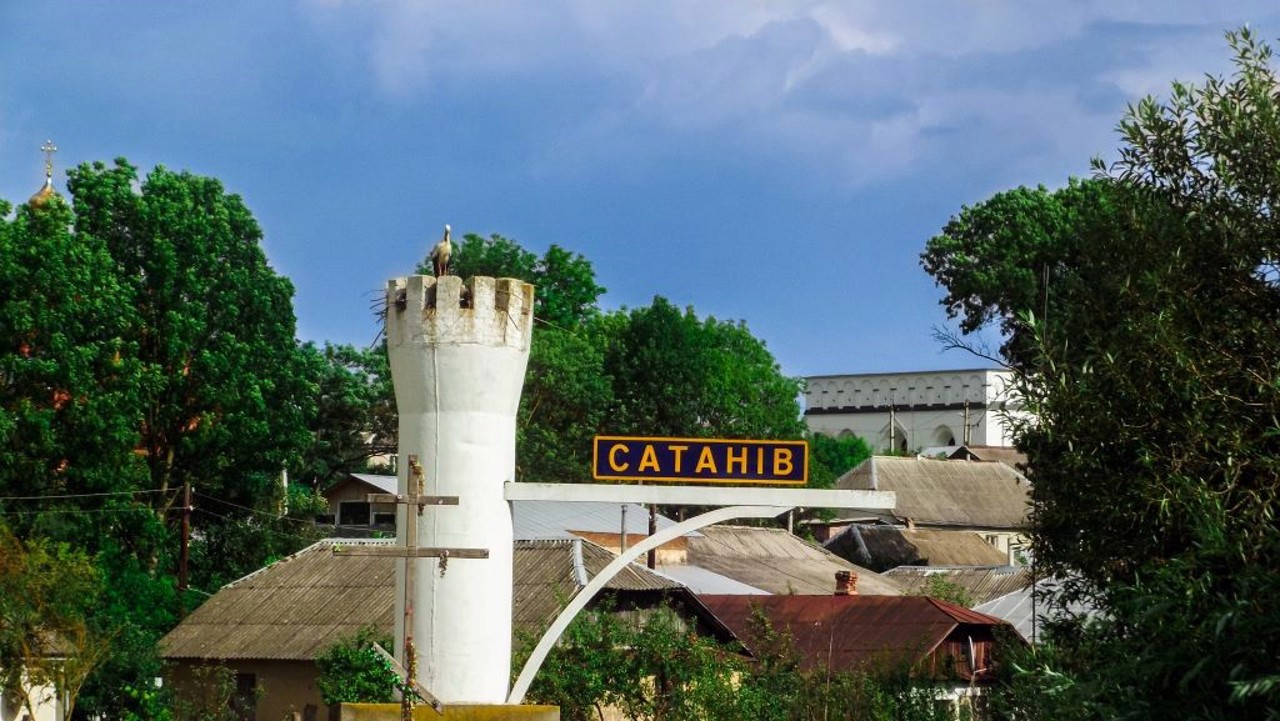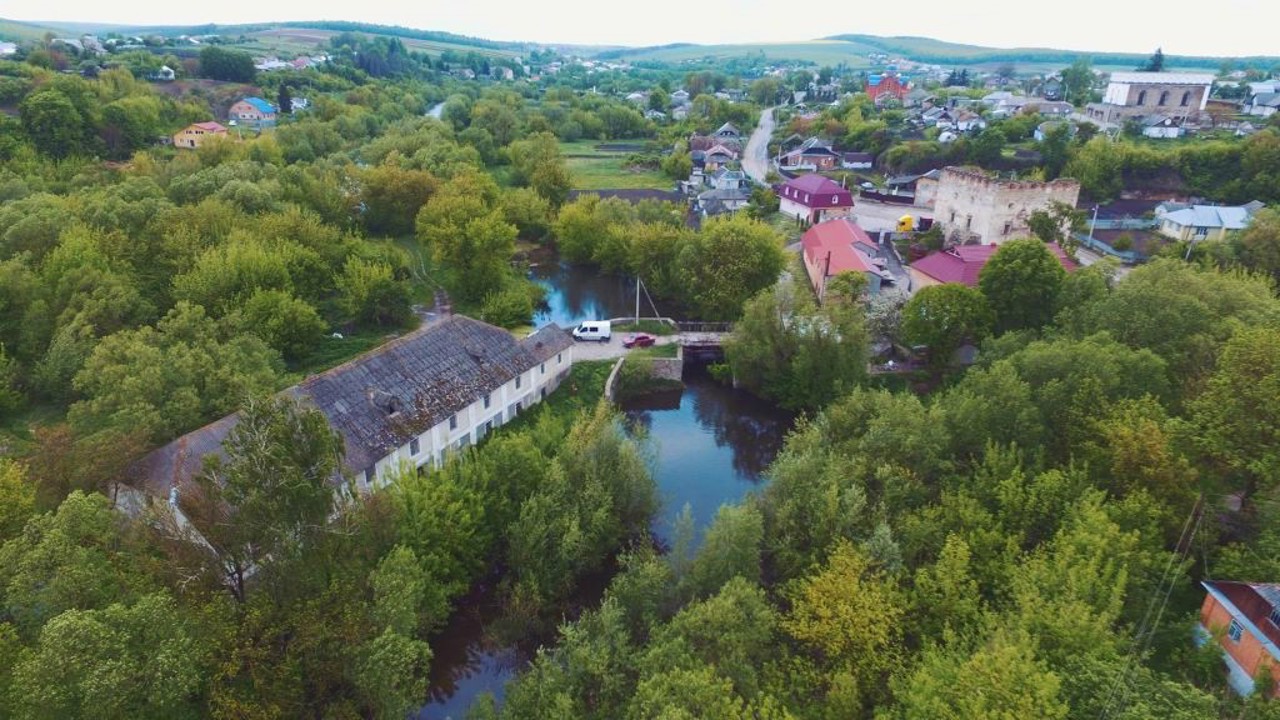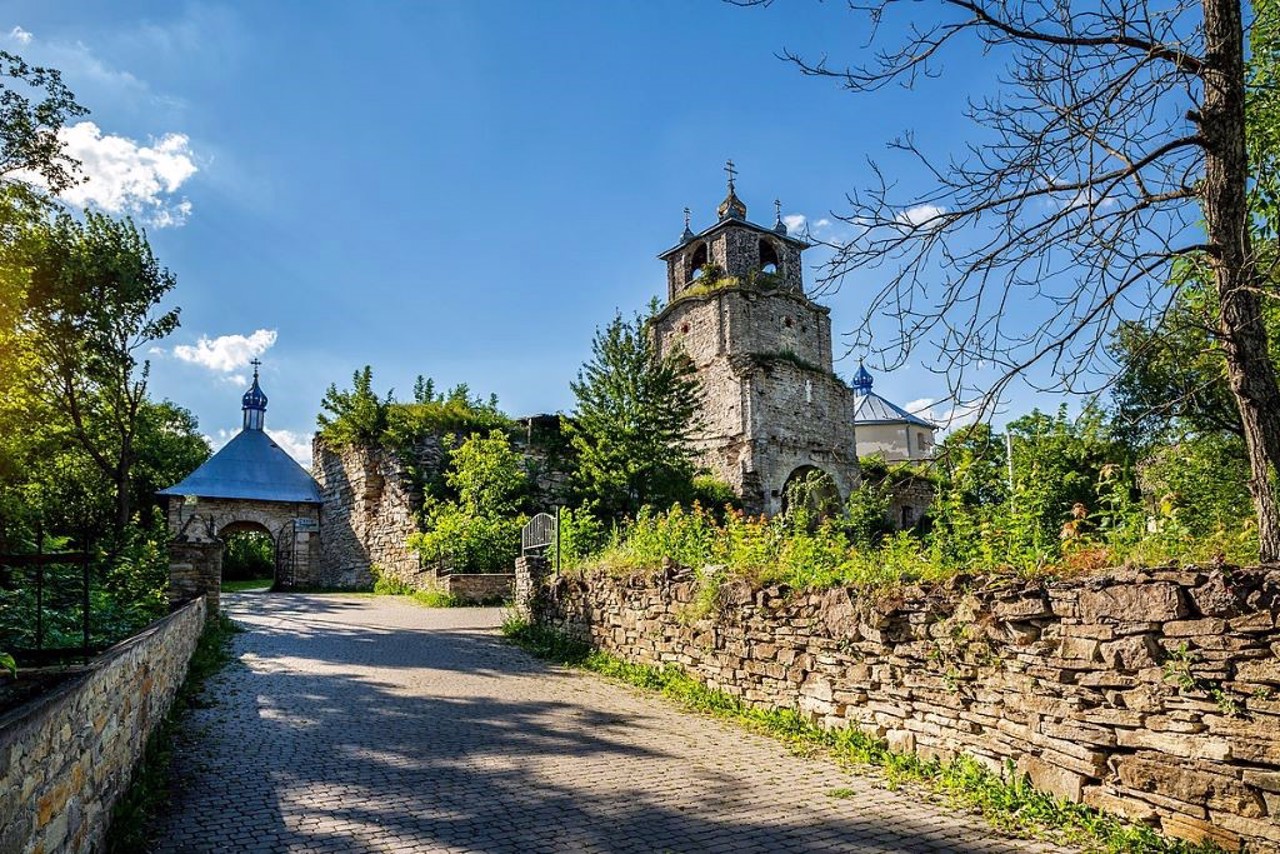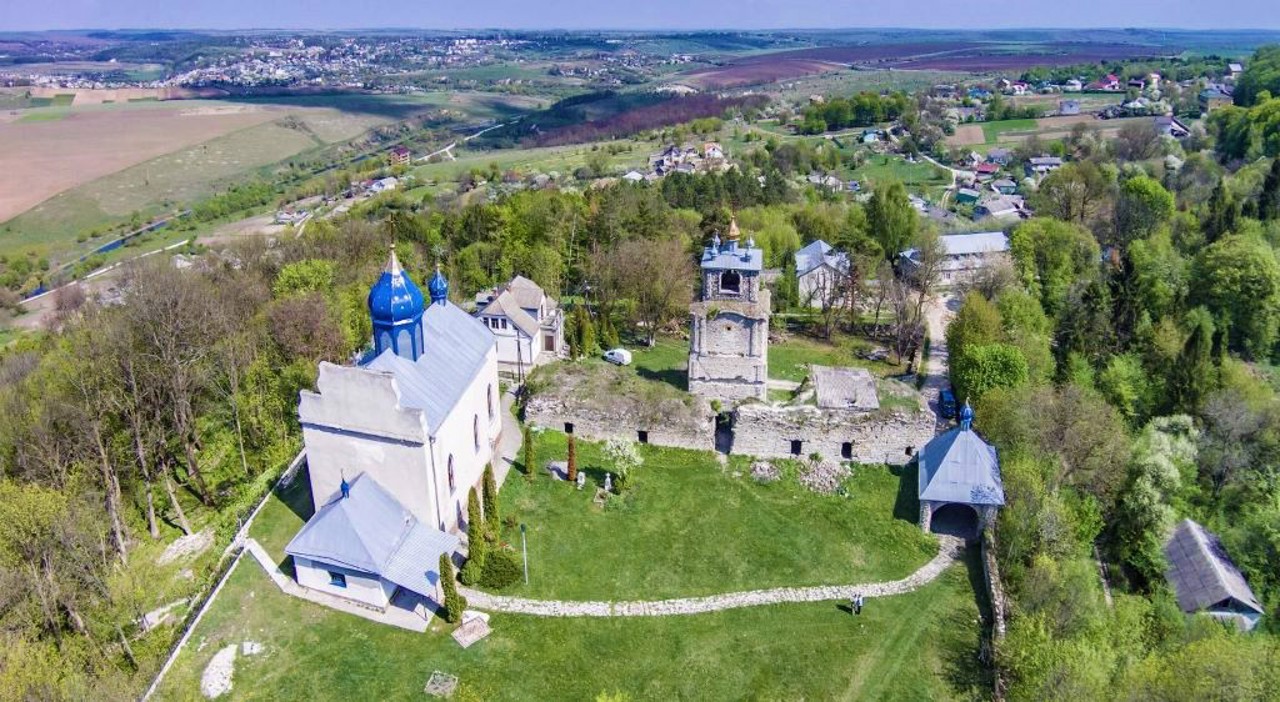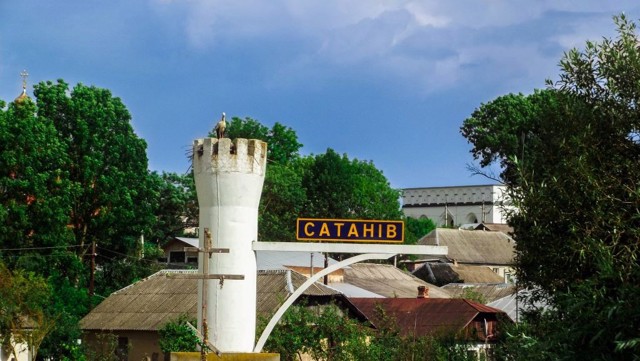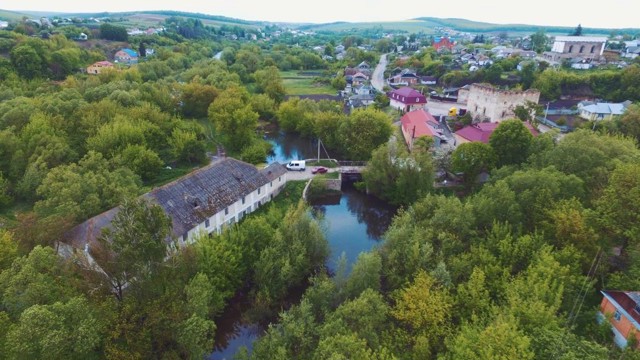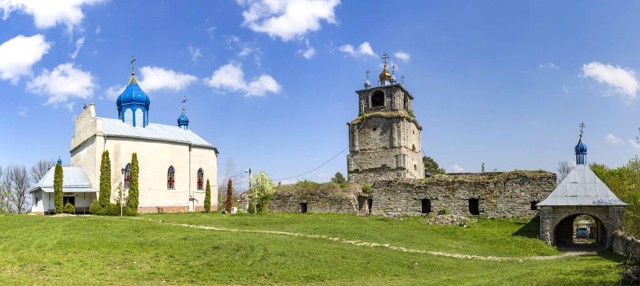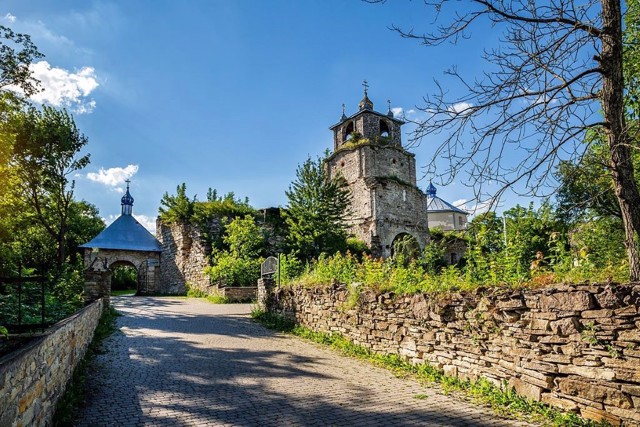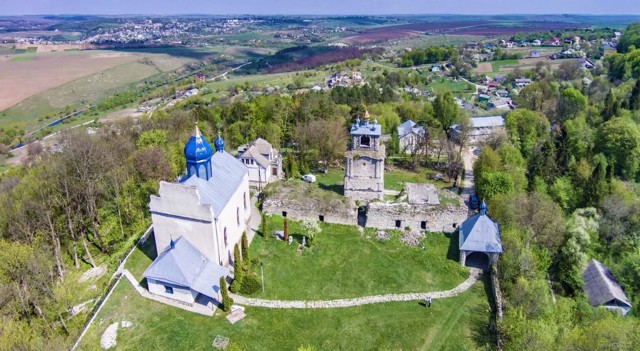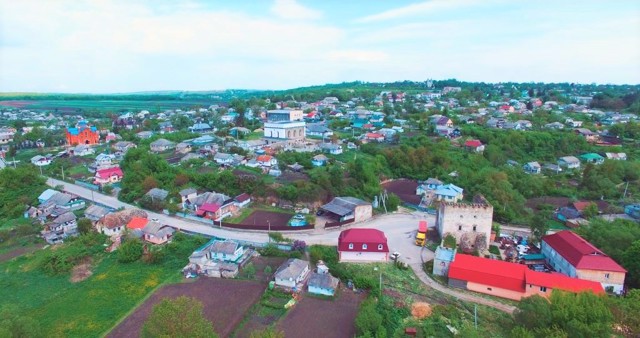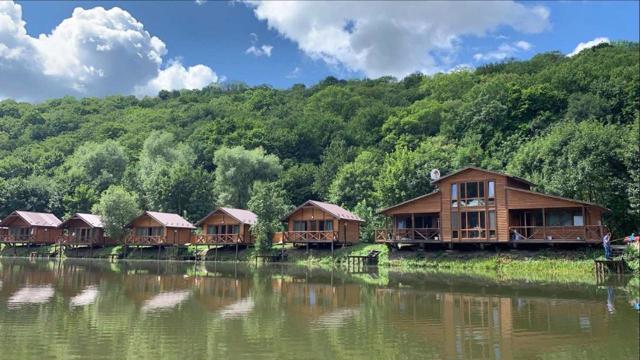Functional temporarily unavailable
General information about Sataniv
The Sataniv resort settlement on the Zbruch River is one of the oldest in Podillya.
Nearby is the Trojan rampart, built during the Roman Empire. According to legend, during the time of Emperor Trajan, the Roman detachment of general Tonilius reached this place. On the bank of Zbruch, Tanilius asked the soldiers, tired of the long crossing: "Sat an non?" (in Latin - "Enough or not?"). Legionnaires answered: "Sat"! The settlement of the Satans was founded in this place. According to another version, the name is connected with the fact that in these places until the 16th and 17th centuries, the pagan cult of the god Svyatovyt, declared "satanic" by the church, was preserved.
Sataniv is first mentioned in documents in 1404, when the P ...
The Sataniv resort settlement on the Zbruch River is one of the oldest in Podillya.
Nearby is the Trojan rampart, built during the Roman Empire. According to legend, during the time of Emperor Trajan, the Roman detachment of general Tonilius reached this place. On the bank of Zbruch, Tanilius asked the soldiers, tired of the long crossing: "Sat an non?" (in Latin - "Enough or not?"). Legionnaires answered: "Sat"! The settlement of the Satans was founded in this place. According to another version, the name is connected with the fact that in these places until the 16th and 17th centuries, the pagan cult of the god Svyatovyt, declared "satanic" by the church, was preserved.
Sataniv is first mentioned in documents in 1404, when the Polish king Vladyslav II Yahaylo presented these lands to the nobleman Petro Shafranets. Three decades later, Sataniv passed into the ownership of representatives of the Odrovonzh family, who later owned it for more than 300 years. Odrovonzh built a defensive castle on the high bank of Zbruch, the ruins of which have been preserved to this day.
Tatars and Turks captured and burned the city several times.
At the end of the 16th century, the Holy Trinity Monastery was founded to the northwest of the city. Sataniv received Magdeburg law in 1641. In addition to the ruins of the castle, the city gate, the synagogue, and several buildings of the 19th century have been preserved.
Several sanatoriums operate on the basis of mineral water springs.
Курортне селище Сатанів над річкою Збруч - одне з найдавніших на Поділлі.
Поруч проходить Троянів вал, споруджений за часів Римської імперії. За легендою, за часів імператора Траяна до цього місця дійшов римський загін полководця Тонілія. На березі Збруча Танілій запитав змучених тривалим переходом солдат: "Sat an non?" (латинською - "Досить чи ні?"). Легіонери відповіли: "Sat"! На цьому місці і було засновано поселення Сатанів. За іншою версією, назва пов'язана з тим, що в цих місцях до XVI-XVII століттях зберігався язичницький культ бога Святовита, оголошений церквою "сатанинським".
В документах Сатанів вперше згадується в 1404 році, коли польський король Владислав II Ягайло подарував ці землі шляхтичу Петру Шафранцю. Через три д ...
Курортне селище Сатанів над річкою Збруч - одне з найдавніших на Поділлі.
Поруч проходить Троянів вал, споруджений за часів Римської імперії. За легендою, за часів імператора Траяна до цього місця дійшов римський загін полководця Тонілія. На березі Збруча Танілій запитав змучених тривалим переходом солдат: "Sat an non?" (латинською - "Досить чи ні?"). Легіонери відповіли: "Sat"! На цьому місці і було засновано поселення Сатанів. За іншою версією, назва пов'язана з тим, що в цих місцях до XVI-XVII століттях зберігався язичницький культ бога Святовита, оголошений церквою "сатанинським".
В документах Сатанів вперше згадується в 1404 році, коли польський король Владислав II Ягайло подарував ці землі шляхтичу Петру Шафранцю. Через три десятиліття Сатанів перейшов у власність представників роду Одровонжей, яким належав згодом більше 300 років. Одровонжі побудували на високому березі Збруча оборонний замок, руїни якого збереглися до нашого часу.
Кілька разів місто захоплювали і спалювали татари та турки.
В кінці XVI століття на північний захід від міста було засновано Свято-Троїцький монастир. Магдебурзьке право Сатанів отримав в 1641 році. Окрім руїн замку, збереглися міські ворота, синагога, кілька будинків XIX століття.
На базі джерел мінеральних вод працюють кілька санаторіїв.
Сплануй своє перебування у Sataniv
What to see and where to go in Sataniv
Tourist attractions and museums of Sataniv
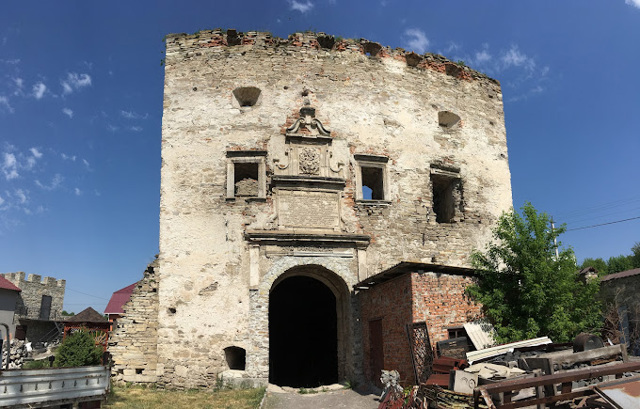
City Gate
Castle / fortress , Architecture
The Renaissance city gate of Sataniv is part of the fortification system of the medieval city. Protected the southern entrance to Sataniv.
The gate was built in the 15th century at the confluence of the Zbruch River with an unnamed stream. In the 16th century, it was rebuilt and became part of the general system of defensive walls of the city, connecting with the castle. In 1724, Adam Senyavsky restored the damaged gate by building a toothed decorative parapet on white stone consoles.
The thickness of the walls of the stone square structure reaches 2.2 meters. The walls have loopholes with cheeks that expand in both directions. Remains of white stone decoration in the Baroque style have been preserved.
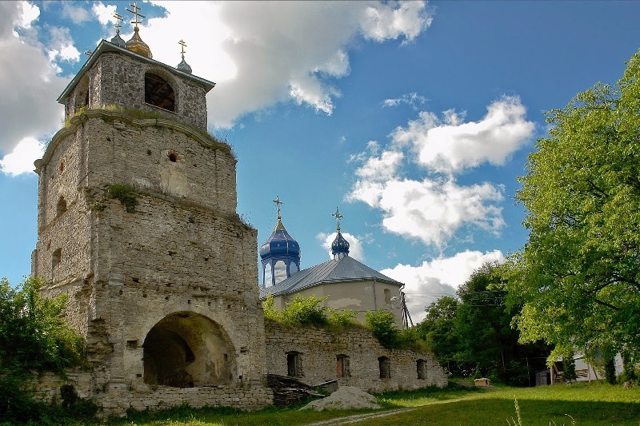
Holy Trinity Monastery
Temple , Architecture
The Holy Trinity Monastery near Sataniv began with caves that have survived to this day. The entrance there is at the foot of the monastery rock.
According to legend, the monastery was founded in the 11th century by a monk from Athos. Officially, the Trinity Monastery in Satanivska Slobidka dates back to the 16th-18th centuries. At first, the monastery was wooden. Stone buildings appeared at the beginning of the 17th century. The monastery ensemble included the Church of the Intercession, the Saint Nicholas Church and the Trinity Church, a bell tower and cells, an entrance gate and a fence. In 1744, the monastery was rebuilt in the Baroque style.
Today, one of the three monastery churches, built in honor of the Holy Trinity, has been preserved. On the northern wall of the church, a sundial with the ancient Podillya coat of arms is preserved - a smiling face, and numbers are located in a semicircle at the bottom. A small sculpture of Saint Rochus, the patron saint of plague patients, has been preserved on the facade of the bell tower.
At various times, the monastery was visited by Hetman Bohdan Khmelnytskyi, Russian Tsar Peter I, and General Suvorov.
From 1707 to 1793, the Sataniv monastery was Greek-Catholic, in 1893 it became a women's monastery. With the advent of Soviet power, the monastery was closed, but in 1942, during the German occupation, it was briefly revived. It was then that a spring with healing water gushed out from under the ground, and the pilgrimage began. But in 1962, the monastery was closed again, the buildings began to collapse.
In 1989, the Holy Trinity Monastery was returned to the Orthodox community and restoration began.
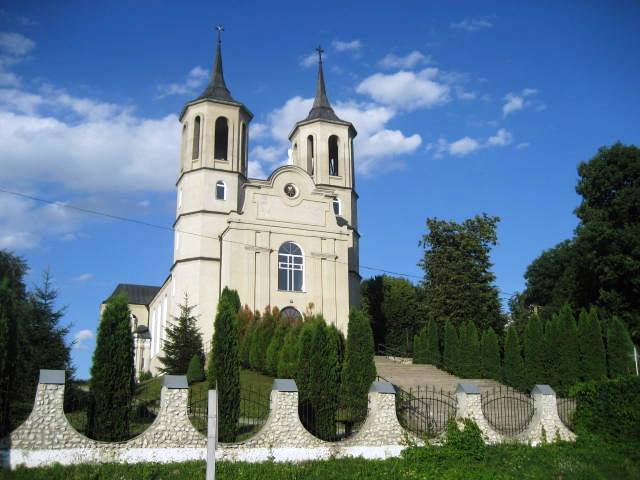
Holy Virgin Mary Church
Temple
The Church of the Holy Virgin Mary - Mother of the Church was founded in the 16th century by the Kostka magnates, who owned Sataniv at that time.
At first, the temple was made of wood. Later, a stone temple in the Gothic style was built. In the 1930s, the shrine was destroyed by the Soviet authorities.
The new church of the Blessed Virgin Mary of Yasnohora at the Catholic cemetery in Sataniv was built in 1990-1994. Since 1991, priests from the Pauline order (the monastic order of the Brothers of Saint Paul the First Hermit) have been serving in the Sataniv parish.
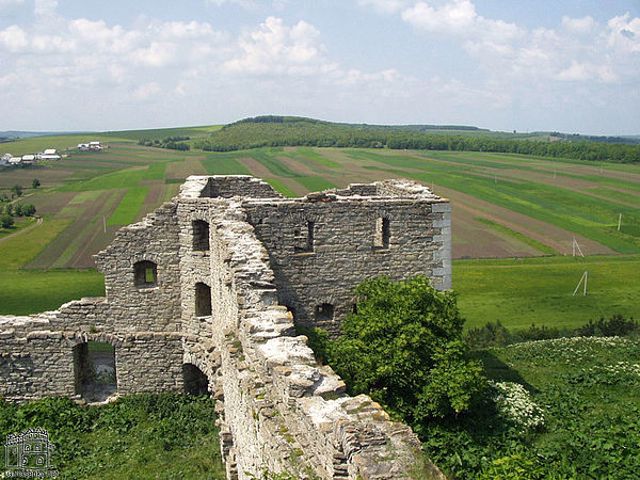
Sataniv Castle
Castle / fortress
The Sataniv Castle is located in the northern part of the village of Sataniv on the high bank of the Zbruch River.
The castle was built in the 15th century on the site of earlier fortifications of the 14th century by the Polish nobles Odrovonzh. At the end of the 16th century, it was expanded and received a pentagonal shape with corner pentagonal towers. From the middle to the end of the 17th century, it was destroyed during Tatar raids and Cossack uprisings. Simultaneously with the city fortifications, Sataniv was restored in 1724. Tsar Peter I visited the great crown hetman Adam Senyavskyi in the castle.
At the end of the 19th century, part of the castle premises was rebuilt as a sugar factory, which operated until the end of the 20th century. Currently, three pentagonal corner towers of the 16th century and an older round tower standing alone remain from the Sataniv Castle. The northern pentagonal tower was preserved only at the level of three tiers. The thickness of the stone walls is 1.5 meters. The total area of the castle is about 1.5 hectares.
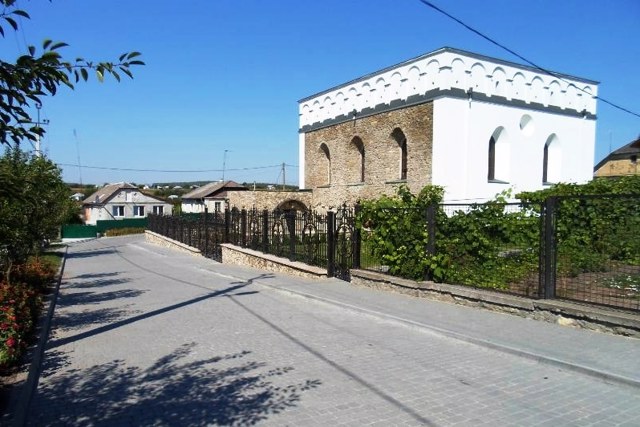
Sataniv Synagogue
Temple , Architecture
The Jewish synagogue is one of the oldest buildings in Sataniv. According to one version, it was erected in 1514, according to another - in 1532.
The defensive-type building in the Renaissance style was part of the city's defense system. It consists in plan of the rectangular volume of the main hall and the reduced premises adjacent to it. It is covered with semi-circular vaults with arrowed shutters. The walls are reinforced with buttresses. The ancient Jewish synagogue is surrounded by rows of musket and cannon loopholes.
During the Second World War, the Nazis destroyed the Jewish population of Sataniv.
The outbuildings of the synagogue have been preserved, inside there is a large hall, an aron kodesh (cabinet for storing sacred books), several old inscriptions. The Aron Kodesh is carved from stone and painted in yellow, blue and red colors. Its creation dates back to the 17th century.
In 2014, the complete reconstruction of the Sataniv Synagogue was completed.
Reviews Sataniv
Geographical information about Sataniv
| {{itemKey}} | {{itemValue}} |
|---|---|
| Region |
Khmelnytskyi |
